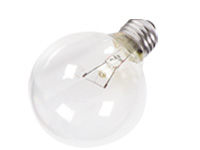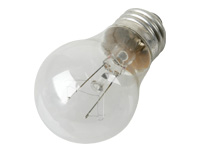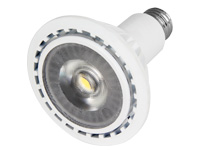Halogen vs. Incandescent Bulbs
With standard incandescent bulbs being phased out, many maintenance professionals and property managers are choosing more efficient halogen bulbs as a reliable replacement.
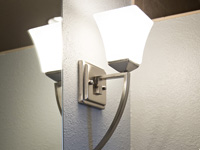
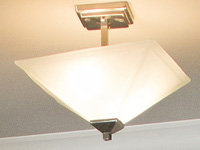
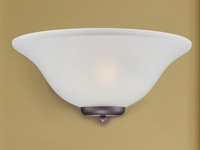
How Incandescent & Halogen Bulbs Work
Incandescent and halogen bulbs work much the same way. They produce light by heating a tungsten metal filament until it is white hot. When the filament wears out, the bulbs go dark. The main difference between the two bulb types is the inert gases produced in the bulb and how those gases affect the life of the filament.
Incandescent bulbs
Vaporized tungsten deposits on the inside of the incandescent bulb. Eventually, the filament becomes too thin to carry a charge, and the bulb burns out.
Halogen bulbs
Halogen bulbs last longer because of the halogen gas inside. When the bulb is turned on, heated gas, such as iodine or bromine, bonds with vaporizing tungsten. It then re-deposits the tungsten back onto the filament, extending the life of the bulb.
Compared to less-efficient incandescent bulbs, halogen bulbs:
-
Last significantly longer
-
Use up to 28% less energy
-
Produce more visible light
-
Reach higher color temperatures
-
Define color and detail better
Halogen bulbs have a useful lifespan of 2,250 to 3,500 hours, while incandescent bulbs average only 750 to 1,000 working hours.
Halogen bulbs are a more energy-efficient lighting source and can save on utility expenses when switching from incandescent.
Halogen bulbs have a higher luminous efficacy, a measurement of how many lumens are produced per watt of energy. The higher the number, the more visible light produced. For example, glass and quartz halogens have a 16-24 luminous efficacy (lm/W), while 40-100 watt standard incandescent bulbs have a 12.6-17.5 lm/W.
Halogen light provides a cooler, blue-white tone that's ideal for reading areas and work spaces. Learn More About Color Temperatures and How it Impacts Lighting
Halogen light illuminates objects better and puts less stress on your eyes.

